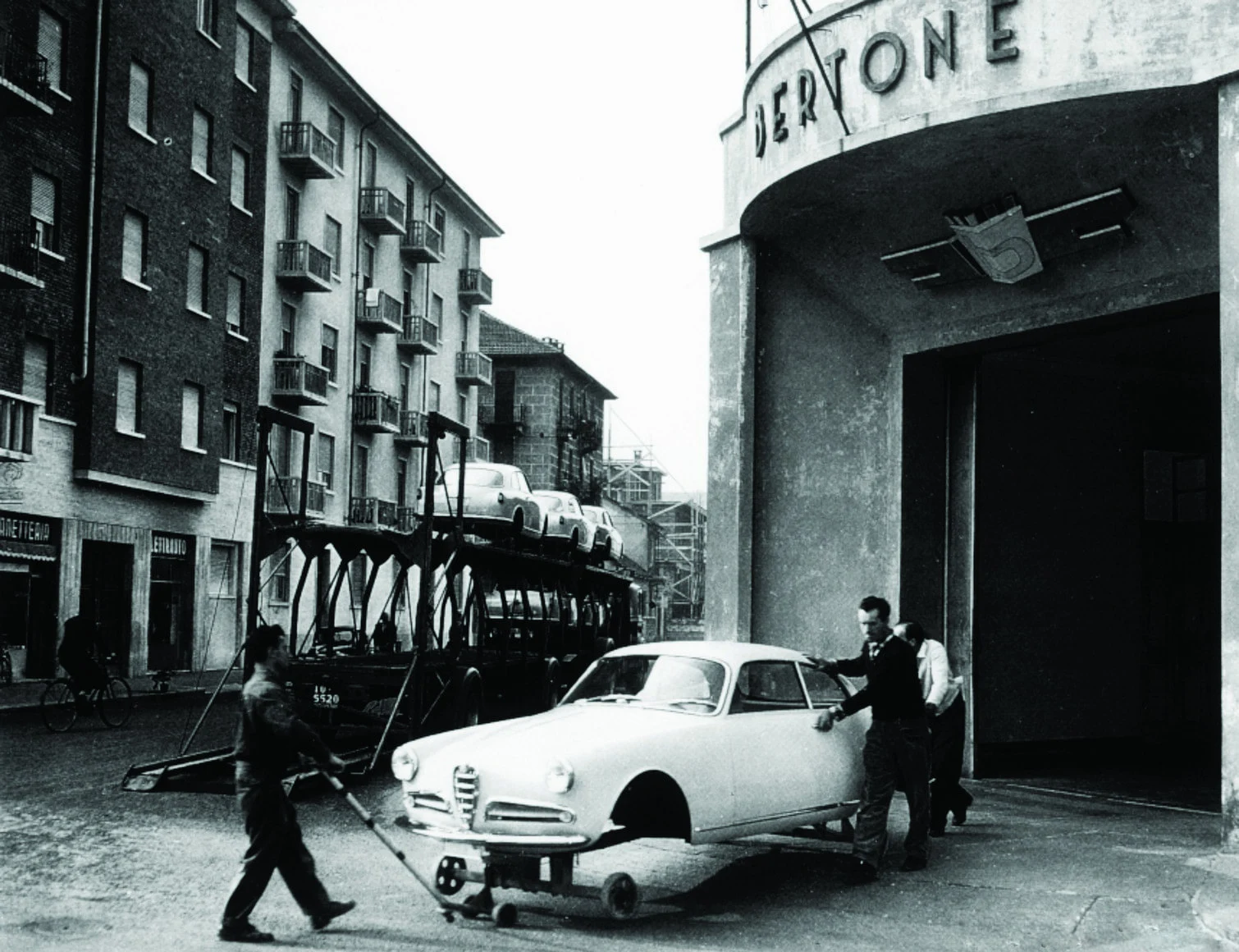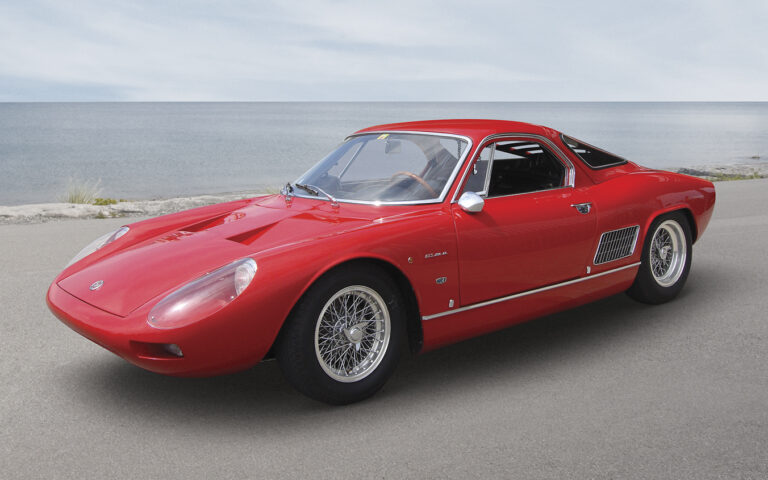The myth of Italian coachbuilders: Bertone
09 March 2024 3 min read 4 images

Photo credit: Lamborghini, Wheelsage
Just like Florence was the birthplace of the Renaissance, Turin, already the capital of Italy in the 19th century, became the beating heart of automotive design a century later. It will be a journey through time that allows you to understand why collecting is so closely linked to the country of Italy.
Register to unlock this article
Signing up is free and gives you access to hundreds of articles and additional benefits. See what’s included in your free membership. See what's included in your free membership.
Already have an account? Log In


